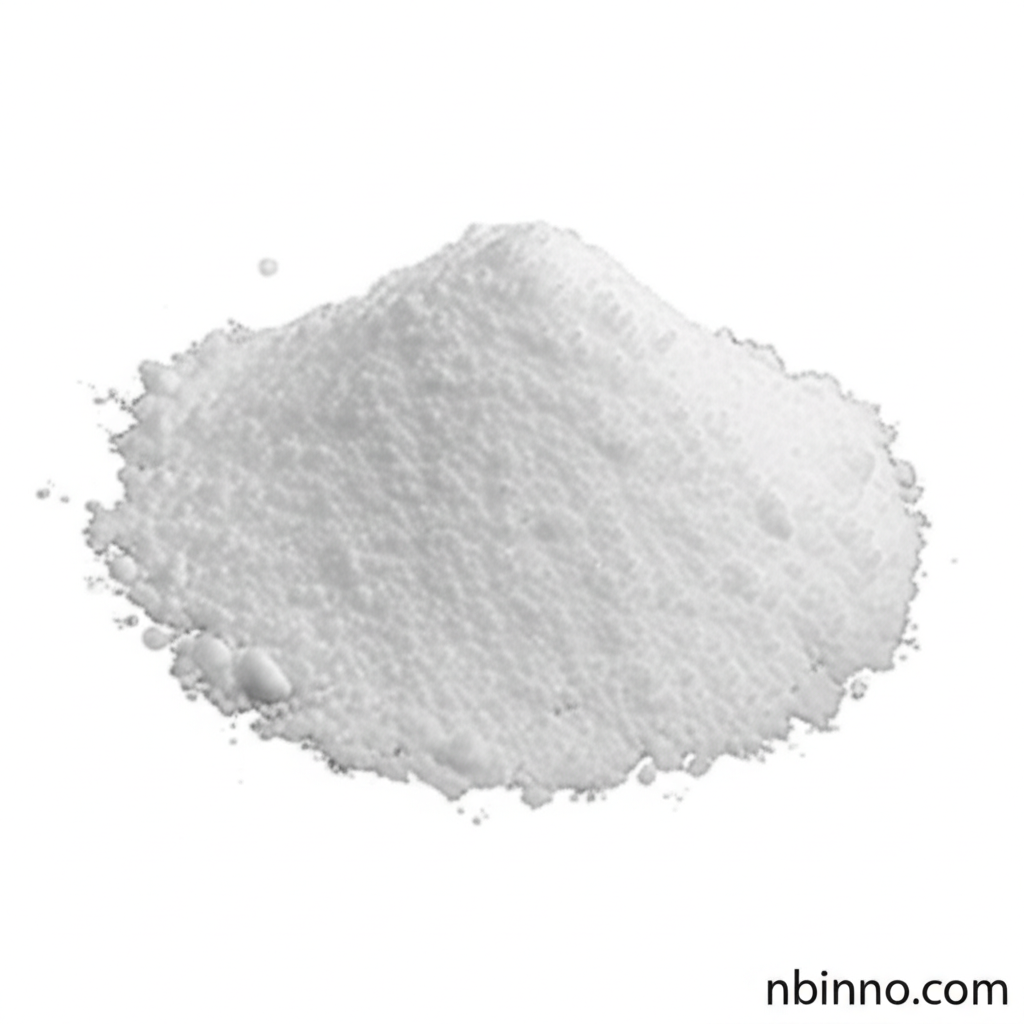L-3-(2-Pyridyl)-Alanine: A Key Building Block in Peptide Synthesis and Pharmaceutical Research
Discover the unique properties and applications of this unnatural amino acid in drug development and chemical synthesis.
Get a Quote & SampleProduct Core Value

L-3-(2-Pyridyl)-Alanine
L-3-(2-Pyridyl)-Alanine is a specialized amino acid derivative that plays a critical role as a building block in the intricate field of peptide synthesis. Its unique structural features, incorporating a pyridine ring alongside the standard amino acid components, make it invaluable for creating complex peptide chains with tailored properties.
- Peptide Synthesis Building Blocks: This unnatural amino acid serves as a crucial component in the synthesis of peptides, enabling researchers to introduce specific functionalities and structures not found in naturally occurring amino acids.
- Pharmaceutical Research Applications: Its structure makes it a valuable tool in drug design, particularly for developing novel therapeutic agents. Researchers leverage its properties to target specific biological pathways and receptors.
- Chiral Auxiliary in Asymmetric Synthesis: The inherent chirality of L-3-(2-Pyridyl)-Alanine allows it to function as a chiral auxiliary. This is vital in asymmetric synthesis, ensuring the stereospecific creation of complex molecules crucial for pharmaceutical efficacy.
- Advancements in Neurological and Metabolic Disease Research: Studies indicate its potential application in creating treatments for neurological disorders and metabolic diseases, highlighting its significance in medical research and therapeutic development.
Key Advantages
Enhanced Peptide Properties
Incorporating L-3-(2-Pyridyl)-Alanine into peptide sequences can significantly alter and enhance their biological activity, stability, and receptor binding affinity, vital for effective drug design.
Stereospecific Synthesis
As a chiral building block, it allows for precise control over stereochemistry during synthesis, a critical factor in producing enantiomerically pure compounds for pharmaceutical applications.
Versatile Chemical Tool
Its unique pyridine-alanine structure provides versatile reactivity, making it useful in various biochemistry and organic synthesis pathways for developing new chemical entities.
Key Applications
Peptide Synthesis
Utilized as a fundamental unit in constructing complex peptides, aiding in the development of peptide-based drugs and research tools, leveraging its role in peptide synthesis building blocks.
Drug Discovery
Serves as a key intermediate in the creation of novel pharmaceuticals, particularly for conditions like neurological disorders, showcasing its value in unnatural amino acid pharmaceutical applications.
Asymmetric Synthesis
Employed as a chiral auxiliary, facilitating the precise stereochemical outcomes required for developing enantiomerically pure molecules in drug design.
Biochemical Research
Its distinct properties make it a valuable reagent for researchers studying biological mechanisms and developing new methodologies in biochemistry and molecular biology.
